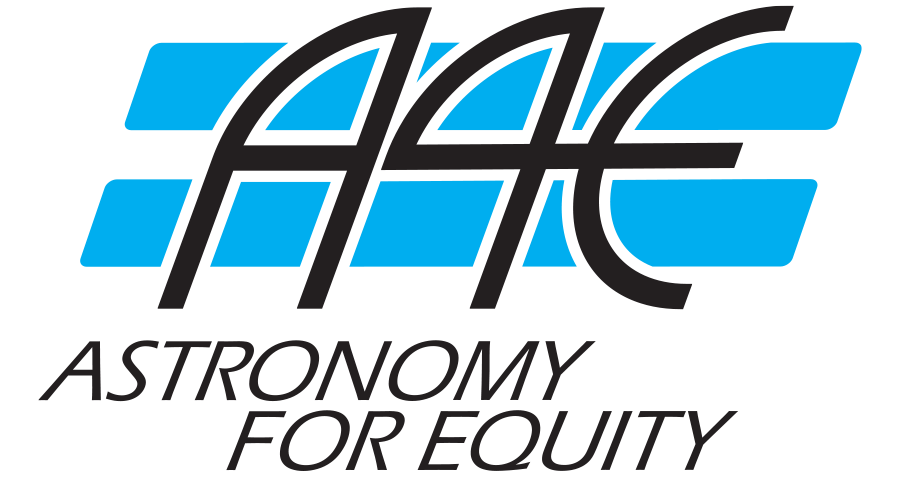Educational Programs for Schools And Public Outreach
Global Sunlight STEM Education Project
The Global Sunlight STEM Education Project is a worldwide program that encourages the use of astronomy to introduce STEM, inspire youth in unserved communities, and encourage students to consider STEM careers.
First Shipments of Solar Glasses!
Thanks to Astronomy for Equity’s partnership with the IAU Office for Astronomy Education, the first 132,500 solar glasses have been shipped to organizations in Algeria, Tunisia, Libya, Senegal, Ethiopia, Madagascar, Mozambique, Nepal, Pakistan, Bhutan, Puerto Rico, and Mexico.
Mission
Astronomy For Equity (A4E) has gathered more than a million new, unused eclipse glasses to be shipped and distributed to unserved and marginalized communities for ongoing education and outreach programs.
These school and outreach solar astronomy programs will be ongoing and will use these eclipse glasses to serve students for years to come. They are not dependent on having an eclipse where the glasses are used once and discarded or set aside.
Global STEM Education
The Global Sunlight STEM Education Project will partner with national organizations in countries worldwide to share eclipse glasses and other resources for studying sunlight. Partner organizations will distribute resources with simple lesson plans to schools and astronomy outreach organizations throughout their countries and provide continuing support.
Organizations: Apply to Participate
If your organization has national or regional reach and you are able to distribute resources and administer this program, please complete the application form below.
FAQ
Why aren't you accepting used glasses?
From Rick Fienberg, Manager of the American Astronomical Society’s Eclipse Task Force:
It’s fairly easy to tell if eclipse glasses are not safe, but there is no way to tell if eclipse glasses are safe by simply examining them. You need to know who sold them to you (or to the person who gave them to you, if applicable), you need to know where they were manufactured, and you need to confirm with the manufacturer that they are supplying that seller. You also need to see a satisfactory test report of a sample of that manufacturer’s product from a lab that is properly accredited to test solar viewers for compliance with the ISO 12312-2 standard. There are only a handful of such labs across the globe, and some of the Chinese labs that some Chinese manufacturers have used to test their products are not among them. Identifying which labs are properly accredited requires careful research and can take a significant amount of time and effort. There are signs that a test report is bogus, but they are not obvious to a casual observer, only to an expert who is intimately familiar with the standard as well as with the tests that a properly accredited lab needs to conduct in order to confirm compliance with the standard.
https://eclipse.aas.org/eye-safety/iso12312-2
https://eclipse.aas.org/eye-safety/for-suppliers
https://eclipse.aas.org/eye-safety/how-to-tell-if-viewers-are-safe
Where can I learn more about eclipse glasses safety?
AAS ISO Information: https://eclipse.aas.org/eye-safety/iso12312-2
AAS Supplier Safety Info: https://eclipse.aas.org/eye-safety/for-suppliers
AAS “How To Tell If Viewers Are Safe”: https://eclipse.aas.org/eye-safety/how-to-tell-if-viewers-are-safe
How can I help?
Donate to this program to help cover the cost of shipping these resources to Africa.
Why aren't you accepting smaller batches of new glasses?
There is considerable work in receiving small packages, bundling similar glasses together, packaging glasses, and shipping them. We are set up only to receive and reship larger deliveries in cases or on pallets.
How Will These Eclipse Glasses Be Used When There Is No Eclipse?
Lesson plans for classrooms and public outreach organizations will be included to guide educators in a continuing program using sunlight to learn science. No eclipse necessary.
What Other Resources Will Be Part of This Program?
Plans include additional resources to go deeper into the nature of light including diffraction gratings to create spectra and a do-it-yourself spectroscope as part of a two-year plan. This will require raising additional funding.
How Can I Learn More About This Program?
Use our contact form to send your questions or to let us know how you’d like to help.

